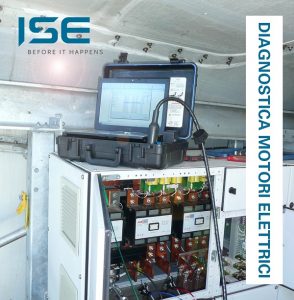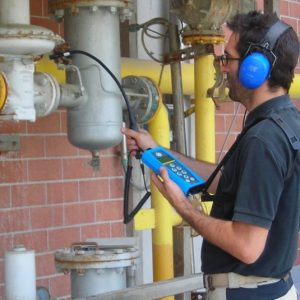The maintenance audit is the main tool for defining a maintenance management improvement programme. By maintenance audit we mean the process of verifying the performance of […]
In an industrial plant, decreasing the probability of failure of any component of the production chain as much as possible is of considerable importance. The malfunction […]
Ultrasound measurements are one of the most recent and most versatile predictive technologies, they allow to identify a great variety of anomalies. With a view to […]





